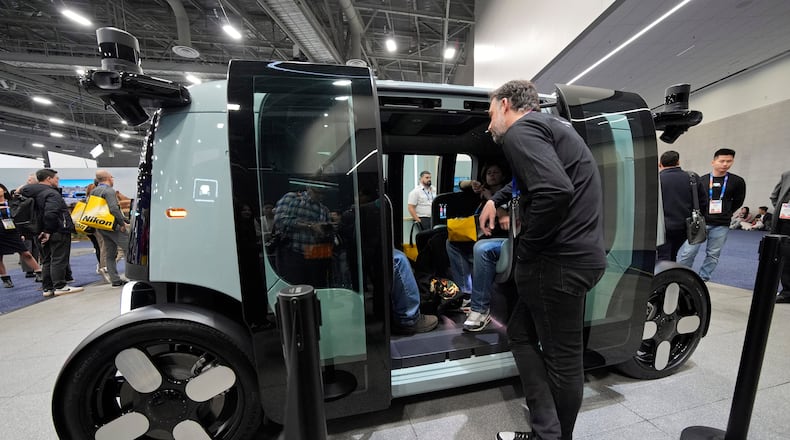But Zoox still doesn't charge people to ride in its robotaxis, something Waymo has been doing since its debut in Phoenix five years ago. The free rides are the next major milestone before charging fares like Waymo and traditional ride-hailing services such as Uber and Lyft, as Amazon tried to make inroads in autonomous driving — a journey that began in 2020 when the e-commerce Goliath bought Zoox for $1.2 billion.
California regulators still have to approve Zoox's application to charge for rides in San Francisco — a clearance that Waymo received in August 2023 after overcoming safety concerns raised by city officials. Since then, Waymo's robotaxis have become a familiar sight throughout San Francisco, where some tourists now make a point of hitching a ride in a self-driving car along with hopping on one of the city's fabled cable cars that have been operating for 152 years.
Waymo, which started as a secret project within Google in 2009. also operates its robotaxis in San Jose, California, Los Angeles, Atlanta and Austin, Texas, with plans to expand into several other U.S. cities next year.
In another sign of Waymo's accelerating growth, its robotaxis began extending their routes beyond city streets and onto highways in San Francisco, Los Angeles and Phoenix. And on Tuesday announced plans to expand into five more U.S. cities: Miami; Dallas; San Antonio, Texas; Houston and Orlando, Florida. However, passengers won't be able to ask for rides in those five cities until next year.
Just as Waymo has already been doing, Amazon is gearing up to bring Zoox's robotaxis to other major cities, including Austin and Miami. To help Zoox realize its ambitions, Amazon converted a former bus factory into a high-tech robotaxi plant in Hayward, California — about 25 miles (40 kilometers) southeast of San Francisco. Zoox eventually hopes to make as many as 10,000 robotaxis annually at the plant.
